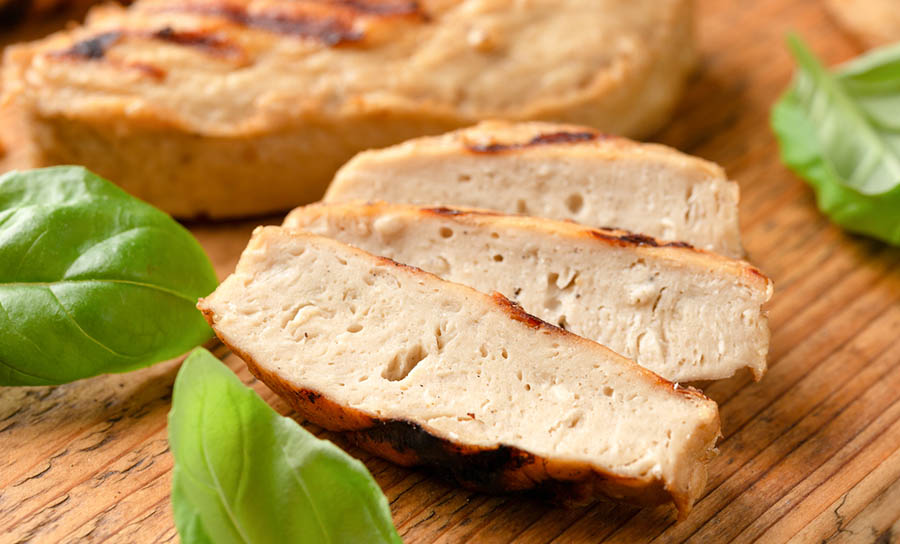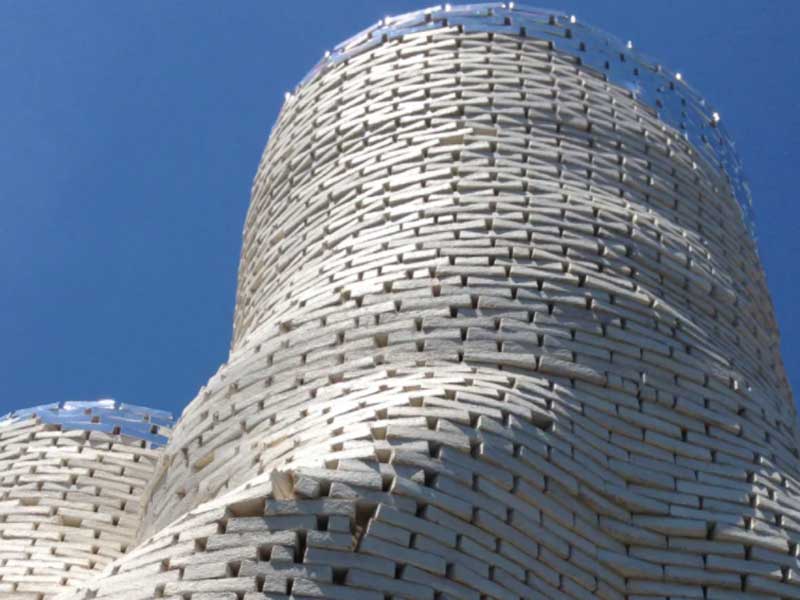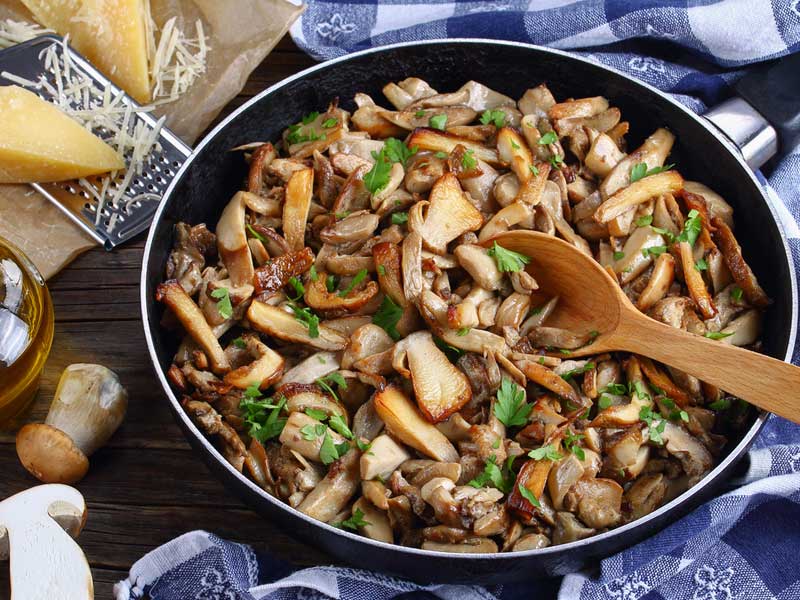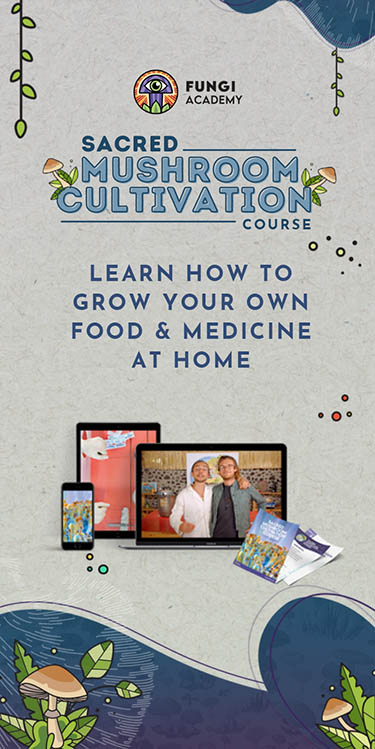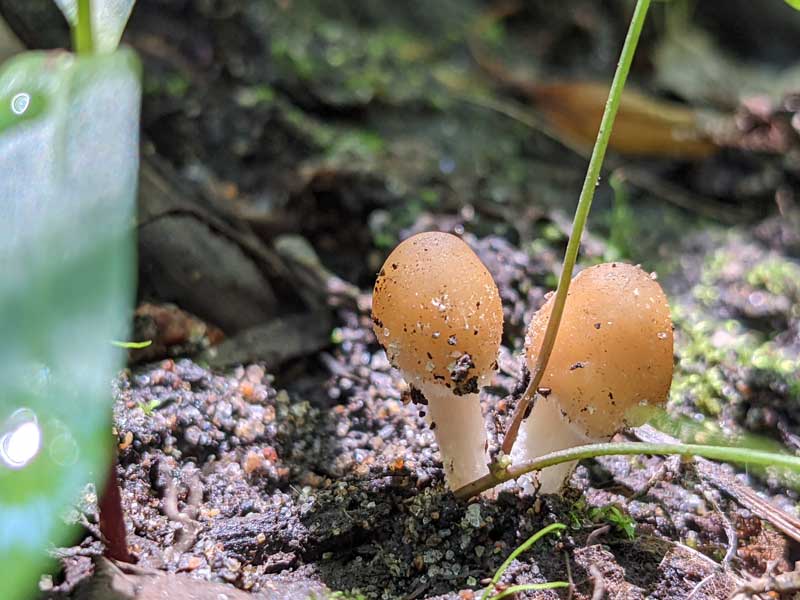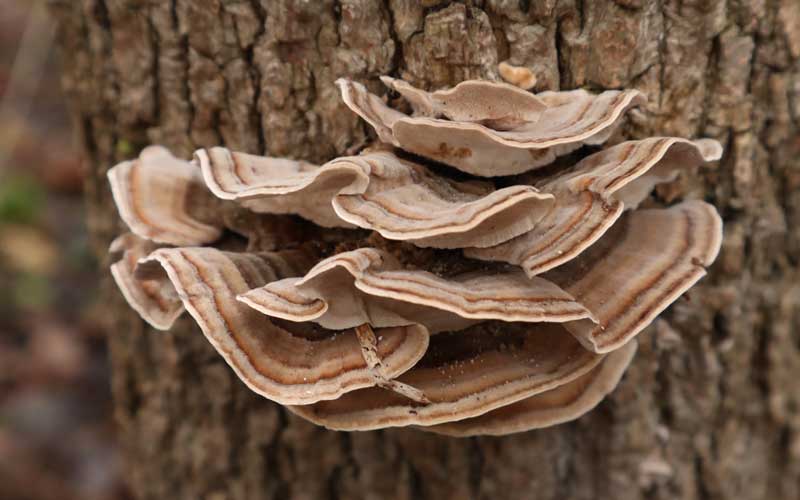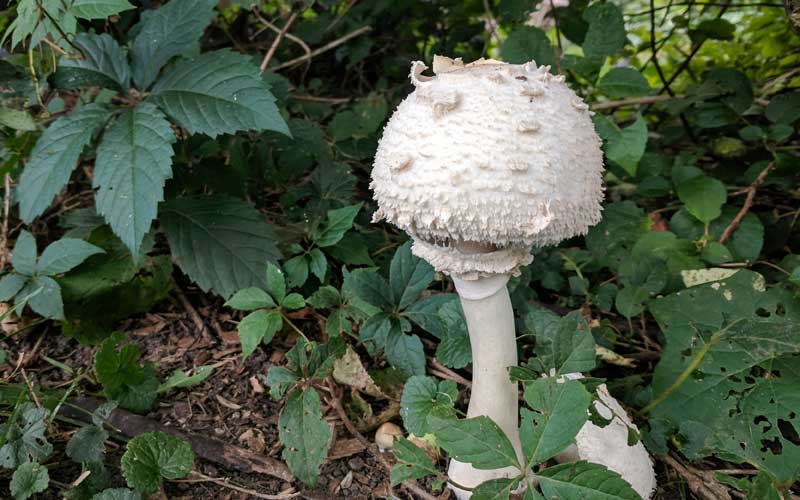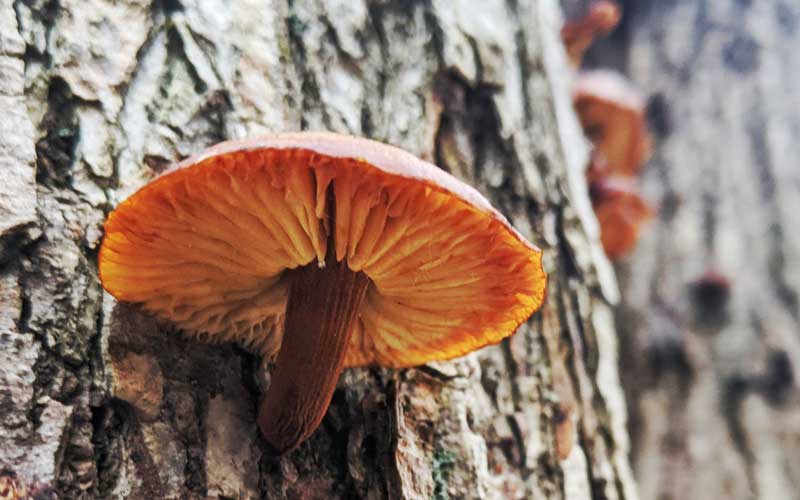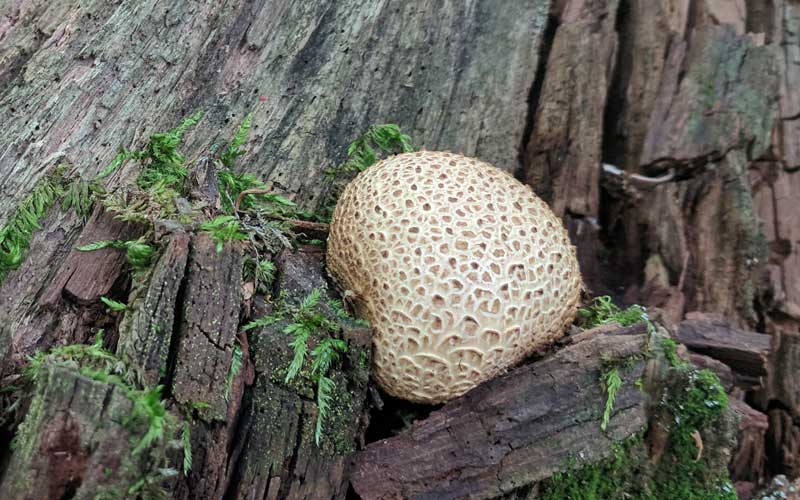- Home
- Mycelium Intro
- Mycelium Meat Alternative
How Mycelium is Reshaping the Future of Sustainable Meat Alternatives
Imagine an organism so versatile and efficient that it can create intricate networks underground, facilitate symbiotic relationships with plants, and even break down pollutants in the environment.
This organism is mycelium, the root-like structure of fungi that functions as its feeding mechanism.
But that’s just the start…
Beyond its ecological wonders, mycelium is now making waves in the culinary world—specifically in the creation of meat replacement foods.
As the demand for sustainable and ethical food options continues to rise, researchers and food innovators are looking to mycelium for solutions.
Mycelium, which thrives on decomposing organic matter, is being cultivated and processed into a variety of meat alternatives that are not only delicious but also environmentally friendly.
Mycelium is a Better Choice Because It’s Nutritious and Sustainable
One of the most compelling reasons to consider mycelium-based meat alternatives is their nutritional profile. Mycelium is rich in protein, fiber, vitamins, and essential amino acids. Unlike traditional meat, which often contains unhealthy fats and cholesterol, mycelium offers a lean, nutrient-dense option.
For those interested in natural health and wellness, mycelium presents an opportunity to enjoy a protein-rich diet without the negative health impacts associated with meat consumption.
But nutrient content is just the beginning. Mycelium cultivation is inherently sustainable and eco-friendly. Growing mycelium for food requires far less water, land, and energy compared to animal agriculture.
Additionally, mycelium can grow on a variety of agricultural by-products, reducing food waste and promoting a circular economy. This aligns perfectly with the principles of sustainable living and environmental conservation, making mycelium-based foods an ideal choice for those committed to eco-friendly practices.
The Science Behind Mycelium Meat Alternatives
So, how exactly is mycelium transformed from an underground network into a meat-like substance that can grace our dinner tables? The process starts with cultivating mycelium in controlled environments where temperature, humidity, and airflow are carefully regulated. This controlled cultivation ensures a consistent and high-quality yield.
Once the mycelium has grown to a sufficient mass, it undergoes a series of processing steps to achieve a texture and flavor reminiscent of meat. The mycelium is harvested, dried, and then undergoes fermentation—a natural process that enhances its nutritional profile and adds depth to its flavor.
Some mycelium-based products even incorporate traditional fermentation techniques, like those used in making tempeh, to create a more complex and satisfying taste.
The next stage involves texturizing the mycelium to mimic the fibrous and chewy qualities of meat. This can be achieved through various methods, including pressing, steaming, and even using culinary techniques like smoking and marinating. The result is a versatile product that can be used in a variety of dishes, from burgers and sausages to stir-fries and stews.
One company already creating mycelium “meat” products is Ecovative.
It’s worth noting that the taste and texture of mycelium-based meat alternatives are garnering rave reviews from chefs and food critics alike.
In other words, mycelium meat tastes great.
In professional kitchens and home kitchens alike, mycelium-based products are becoming a favorite for creating exciting and healthy dishes. Whether it's a succulent mycelium burger garnished with fresh greens or a hearty mycelium stew bursting with vegetables, the possibilities are virtually limitless.
This culinary versatility makes mycelium an exciting ingredient for those who love to cook and experiment with new recipes, especially ones that prioritize health and sustainability.
A Community of Change-Makers
By choosing mycelium-based meat alternatives, we are not only making a positive impact on our health, but also contributing to a more sustainable and ethical food system.
By embracing mycelium-based meat alternatives, we are taking a significant step towards a healthier, more sustainable future. Whether you’re a seasoned gourmet or simply someone who values eco-friendly practices, mycelium offers a delicious and responsible way to nourish our bodies and the planet.
Related Topics:

Mycelium… the underground network that connects and supports all life.
Mycelium is the miracle beneath our feet. It’s the root system of the mushrooms we see above ground, and a whole lot more. Read the full article...
7 Different products that are made with mushroom mycelium.
From buildings to vegan leather and beyond, mycelium is proving to be a powerful alternative to traditional materials. Read the full article...
Original mushroom recipes shared by mushroom lovers from around the world
These mushroom recipes include home-cooked favorites, plus exotic dishes from famous chefs who love to cook with mushrooms. The recipes...
3 Exciting medical applications for mycelium.
Mycelium is now being used in exciting new ways in medicine. Read the full article...
